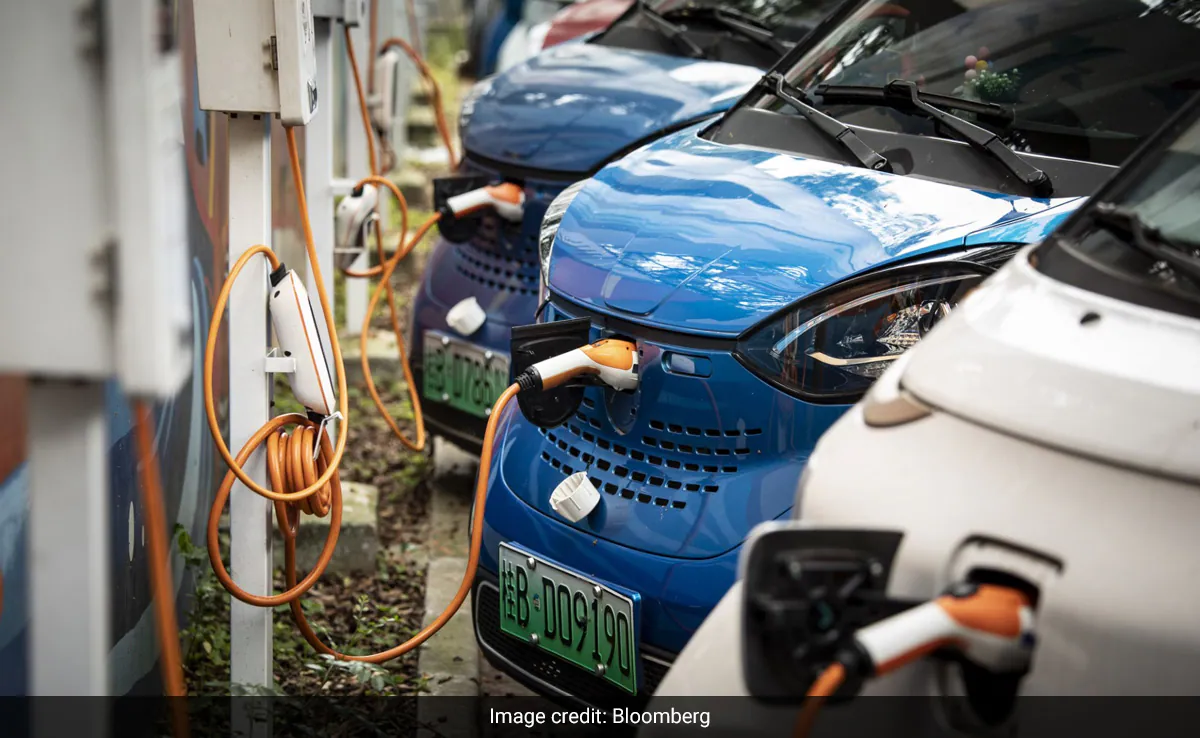Concerns are rising in India’s automobile industry over the government’s recently introduced new electric vehicle manufacturing policy. The policy is perceived as an aim to make companies like Tesla to start manufacturing in India, but it has also given rise to concerns that it will be inimical to the interests of Indian manufacturers.
The policy brings in a sharp reduced rate of 15% customs duty for up to 8,000 EVs annually imported by a company that commits to the government’s “Make in India” mission as an incentive to set up manufacturing facilities in the country.
The issue gets further ammunition from private reports suggesting that the Indian auto scene is set to change with large scale entry of Chinese auto firms as the new policy would pave way—in the next few years—for every third EV on India roads made by Chinese firms in India alone, or through joint ventures with Indian firms. However, an industry body veteran aware of the developments, tells The Sunday Guardian, referring to the Press Note 3 (PN3) issued by the Department for Promotion of Industry and Industry in 2020, that such prospects are remote.
“There is Press Note 3. There is an investment norm for countries having a common border,” points out the official. As per the PN3, an entity of a country which shares a land border with India or where the beneficial owner of investment into India is situated in any such country, can invest
“It is very difficult for Chinese companies to come with investments into India. Press Note 3 is already in place. So what is the worry now? Only imports are allowed under the EV policy. The companies can bring in a completely built unit (CBU), but how can they commit investment? Investment will be overruled by Press Note 3,” the official told The Sunday Guardian. “It will be difficult because BYD has to commit investment and in the current policy framework, I doubt if they can announce such a big investment without approval and this is not a case of automatic approval,” the official adds.
SOME SMOKE TO THE FIRE
There is though some smoke to the fire. As per a report by GTRI, a market entry into India provides a much needed a relief for Chinese firms. China’s EV exports to the European Union and the United States is declining due to anti-subsidy probes and increased trade restrictions over export of subsidised cars/EV batteries. There are already many Chinese auto-makers in India. The SAIC Motor Corporation, a Chinese design and manufacturing company and owner of the “MG brand” has been operating since 2017. It has a factory in India and has sealed an ambitious joint venture with JSW. “Just one joint venture between SAIC Motor (owner of the MG brand) and India’s JSW Group aims to sell over 1 million new energy vehicles by 2030,” according to the GTRI report.
Others like BYD Auto—in India since 2019—focusing on EVs through partnerships with local firms, have made their mark in India by offering EV buses, trucks, cars and SUVs. Other Chinese companies, including Changan Automobile, Jinko Solar, and several bus and truck manufacturers like Zhongtong Bus and Foton Motor, also contribute to China’s automotive presence in India. Great Wall Motors and Haima Automobile are also looking to enter the Indian market, indicating an increasing Chinese influence in India’s automotive sector.
“Let them eye the Indian market,” the official says, dismissing any reason for the industry to be perturbed by Chinese firms’ plans to expand. “Chinese investments are not going to be easy,” the source observes as MG has also struggled and had to enter into an alliance with Jindal group. “Its investment plans are also changed,” the source says. Yes, no doubt the import duty cut is significant but it comes with plenty of riders—a commitment of US$500 million investment, a mandatory target of achieving 25% domestic value addition (DVA) by the third year and 50% DVA by the fifth year.
Pointed out by The Sunday Guardian that China’s automotive industry, buoyed by substantial state support, has rapidly advanced in EV technology, making it a leading exporter of EVs and related components, the source added that there is no reason for any concern in the Indian tarmac as the industry will align with the new policy and this will be required for all companies. More importantly, as the source observes, the Indian auto industry is “extremely competitive by any standards” and this is only growing from strength to strength. “You see some good products coming out from every platform,” the source pointed out.
Besides, the opportunity is restricted due to low EV penetration. “It is very easy to talk EVs. The penetration is just less than 2%,” the official notes. The other argument is the inadequate charging infrastructure. “That has to come up. Those take time to change. The industry is keeping its plans aligned with the charging infra growth,” the official added.
As and when it happens, industry is also planning to bring in new products. “In 2025 you will see some very good products. There is an aggressive line of action EVs. Companies like Tata Motors have no reason to worry. They will realign the plans because the price market is now known. Their products will speak for themselves,” the source claimed.
However, most agree that the Indian EV policy will help in the Indianisation of premium vehicles—an area where Tata Motors is yet to expand. What will help the Indian industry is the PLI scheme for Advanced Chemistry Cells (ACC) to set up mega battery manufacturing facilities of 10 GWh capacity with a budgetary outlay of Rs 3,620 crore. “The scheme will start seeing investment next year onwards. All investments will have to come into play by next year or they will face penalties. We will see local investments coming into India next year from the PLICC scheme,” says the source. This will make the Indian players more competitive.

